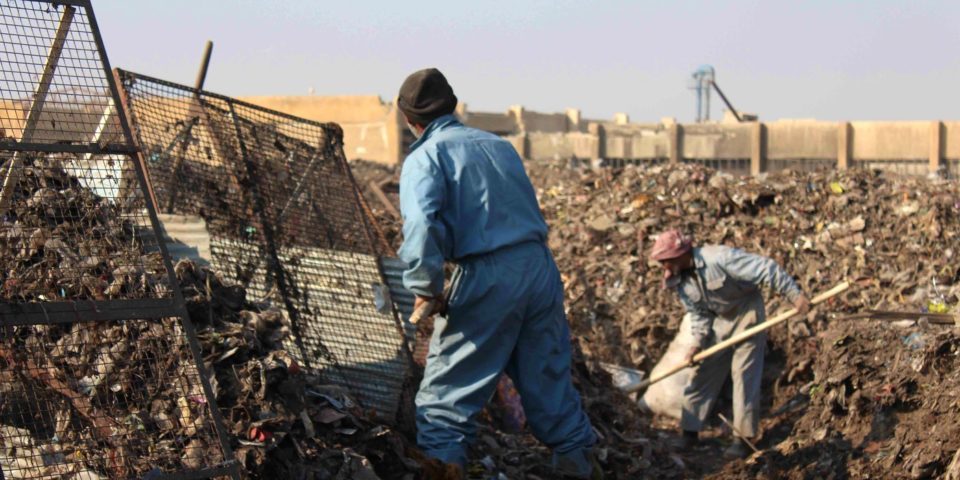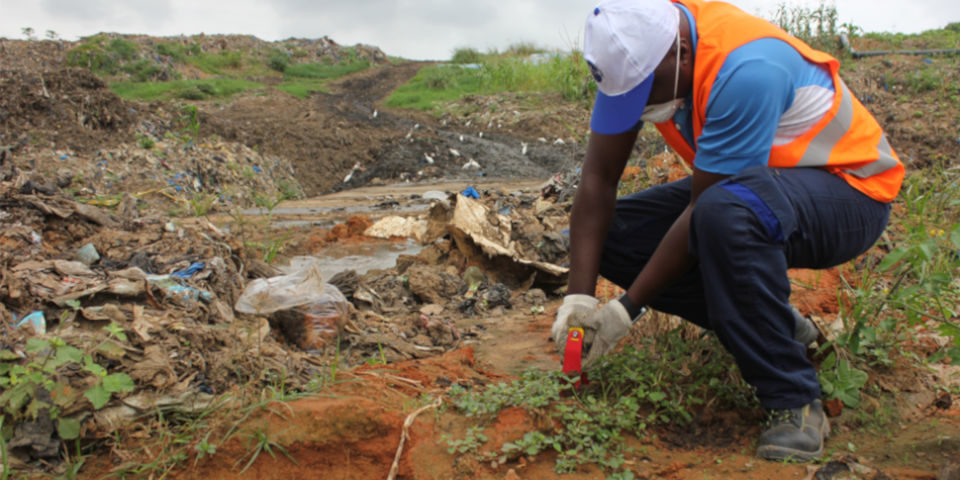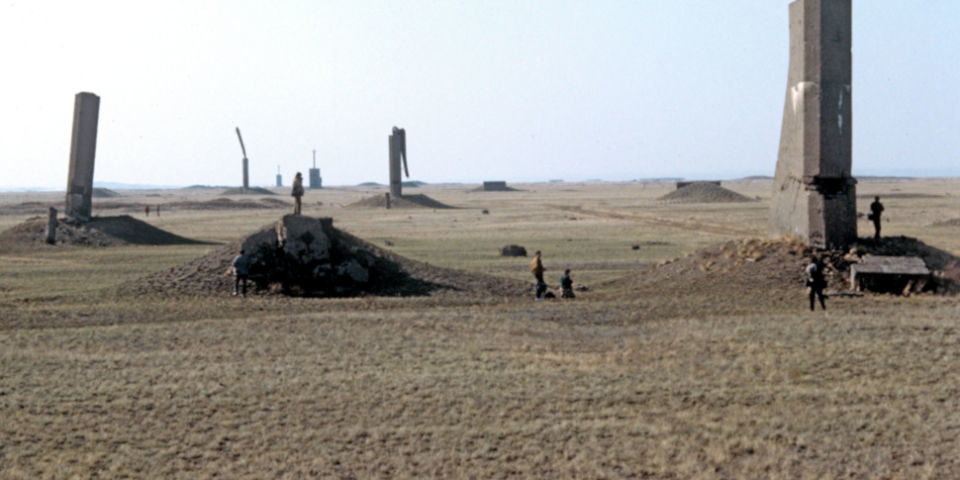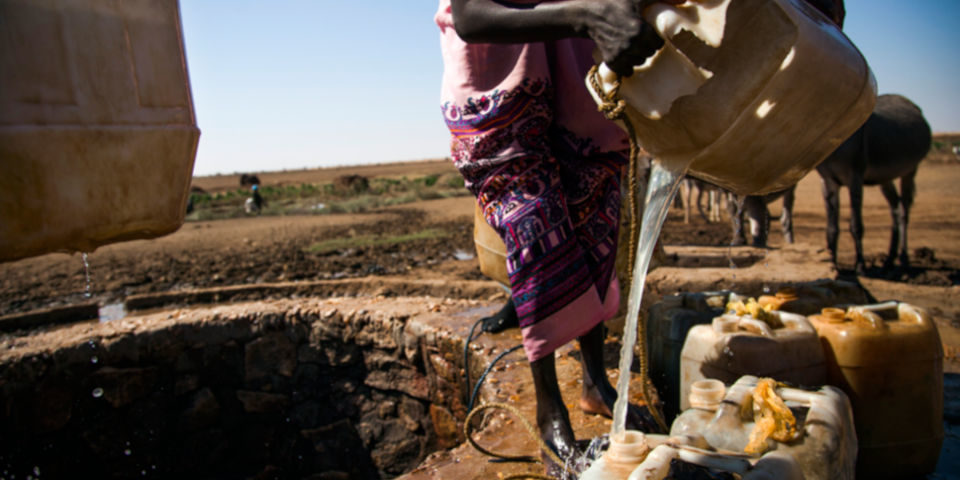Syria Deeply | Environmental Initiatives Bring Relief and Hope to Besieged Areas
Like all wars, Syria’s conflict has taken not just a massive human toll, it has also had a significant environmental impact. But green initiatives in rebel and Kurdish areas – even failed ones – have brought a small measure of hope to local people.








